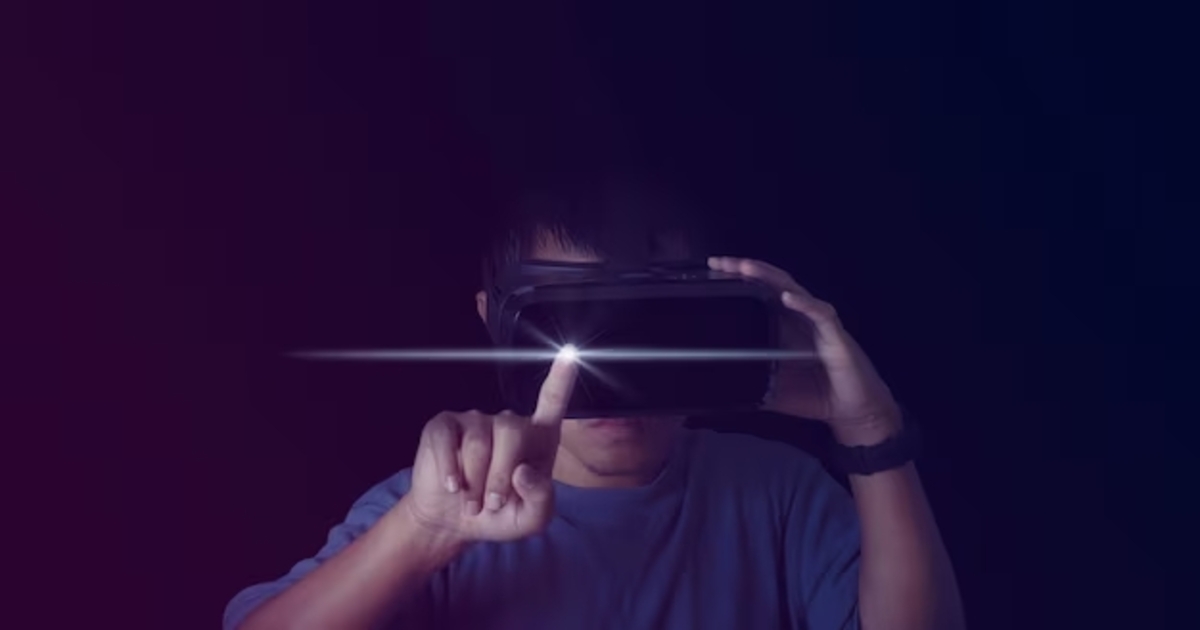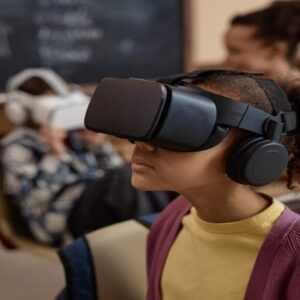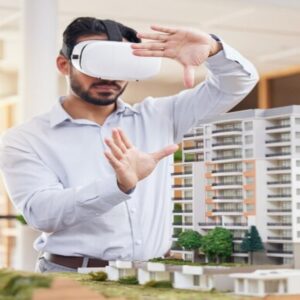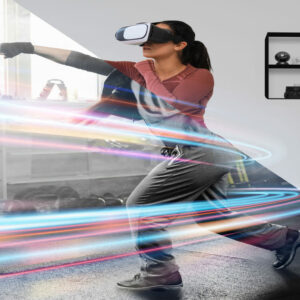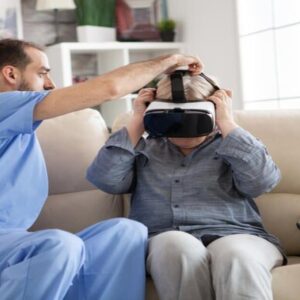Beyond the Screen
Digital reality (DR) is a technology that enables users to engage with a computer-generated environment. This technology utilizes hardware devices such as VR headsets and motion controllers to create an immersive experience.
VR has been applied in various fields such as entertainment, education, health, training, tourism, and art. But beyond providing entertainment and learning, VR can also have a positive social impact by allowing people to connect with other realities, cultures, and causes.
In this article, we will explore some of the ways VR can contribute to social development, both in Brazil and worldwide. We will also present some examples of projects and initiatives that use VR to promote empathy, awareness, and social transformation.
How can VR generate social impact?
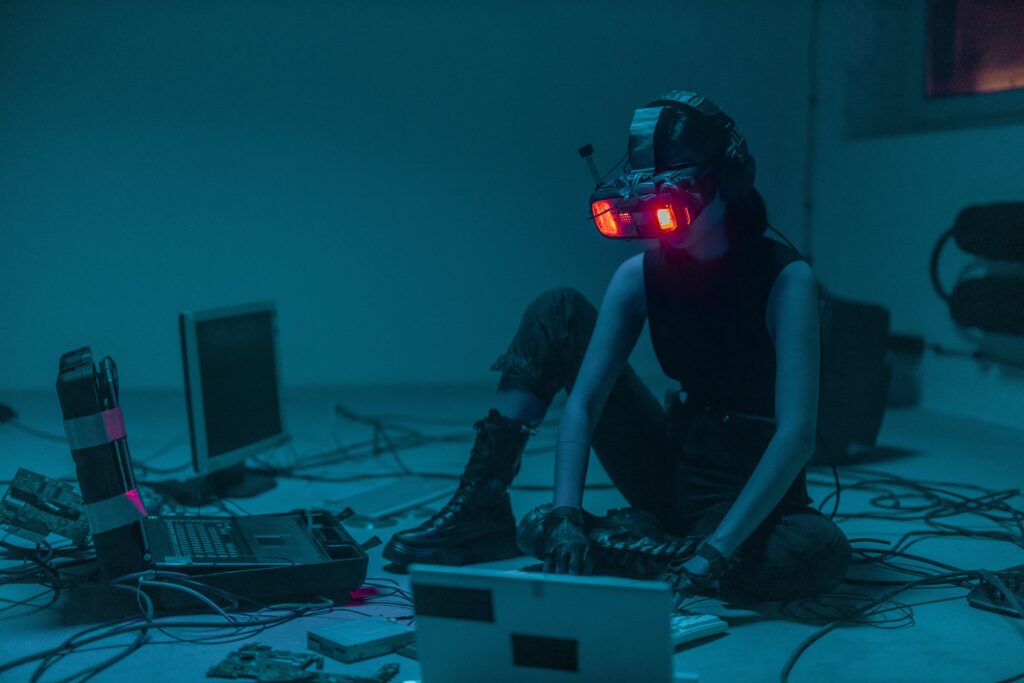
VR can generate social impact in various ways, depending on the goal and target audience of each project. Some possibilities include:
- Raising awareness about social, environmental, and humanitarian issues by putting users in the perspective of those experiencing these situations. For example, VR can simulate the life of a refugee, a homeless person, a victim of violence, or a resident of an area affected by climate change.
- Fostering empathy and compassion for people suffering from these problems by creating an emotional connection between the user and the character of the story. For example, VR can make users feel the emotions, thoughts, and sensations of those going through difficult or traumatic situations.
- Mobilizing people for social action by providing information, resources, and opportunities for them to get involved and make a difference. For example, VR can show how people can donate, volunteer, participate, or support a social cause.
- Educating people about relevant social issues by providing a more dynamic, interactive, and engaging learning experience. For example, VR can teach about history, geography, culture, human rights, citizenship, and diversity.
- Including people who are in vulnerable or socially excluded situations by offering access to opportunities, services, and experiences they would not normally have. For example, VR can enable people with disabilities, the elderly, or underprivileged children to travel, have fun, or qualify professionally.
Examples of VR projects with social impact
There are several VR projects aimed at generating social impact. Some of them include:
- Clouds Over Sidra: A 360-degree documentary that depicts the daily life of Sidra, a 12-year-old Syrian girl living in a refugee camp in Jordan. The project was created by the United Nations Development Programme (UNDP) in partnership with the company Within and aims to raise funds and support for refugees.
- The Enemy: An interactive experience that puts the user face-to-face with combatants from armed conflicts around the world. The project was created by Brazilian photographer Karim Ben Khelifa and aims to promote dialogue and understanding among enemies.
- Notes on Blindness: A series of short films in 360 degrees that recreate the sensory experiences of writer John Hull, who became blind at the age of 48. The project was based on the author’s book of the same name and aims to share his journey of adaptation to blindness.
- The Walk: A simulation that allows users to walk through a favela in Rio de Janeiro and learn about the stories of its residents. The project was created by the non-governmental organization (NGO) TETO Brasil and aims to raise awareness about the reality of impoverished communities and encourage social participation.
- Draw Me Close: An immersive narrative that combines theater, animation, and VR to tell the story of a mother who is dying of cancer and her son. The project was created by Canadian artist Jordan Tannahill and aims to explore themes of memory, death, and love.
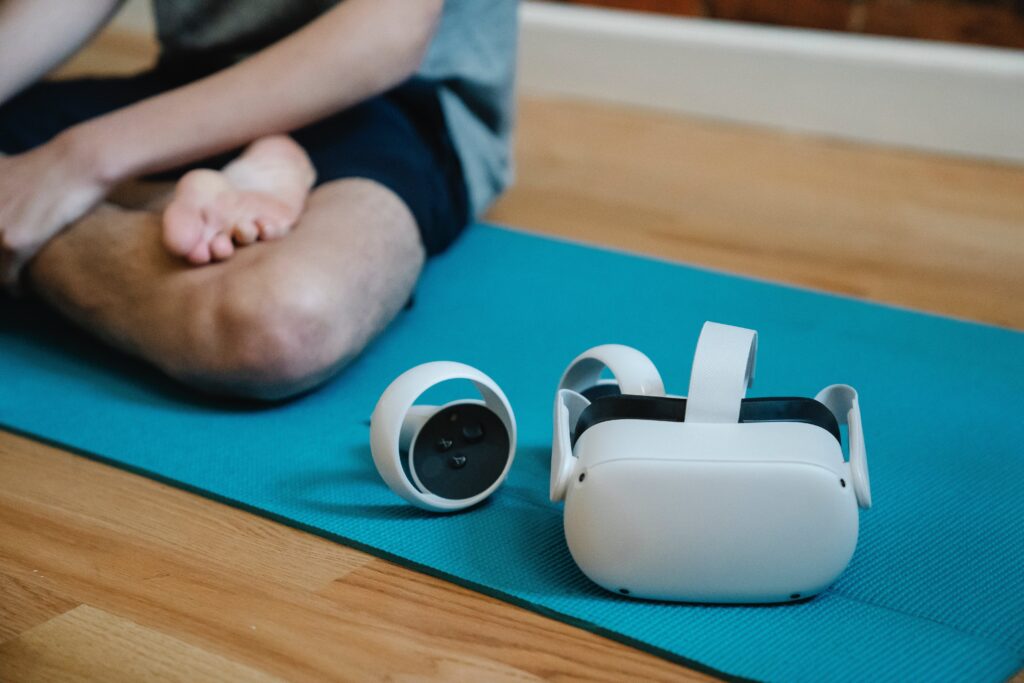
Virtual reality is a technology that has great potential to generate social impact by allowing people to connect with other realities, cultures, and causes. VR can raise awareness, educate, mobilize, and include people by creating immersive experiences that stimulate empathy, compassion, and social action.
There are several VR projects aimed at generating social impact, both in Brazil and worldwide. These projects address topics such as refugees, armed conflicts, blindness, favelas, and cancer, among others. These projects demonstrate how VR can go beyond the screen and positively affect people’s lives.
Did you like this topic? See more content about: Virtual Reality
Source: medium

